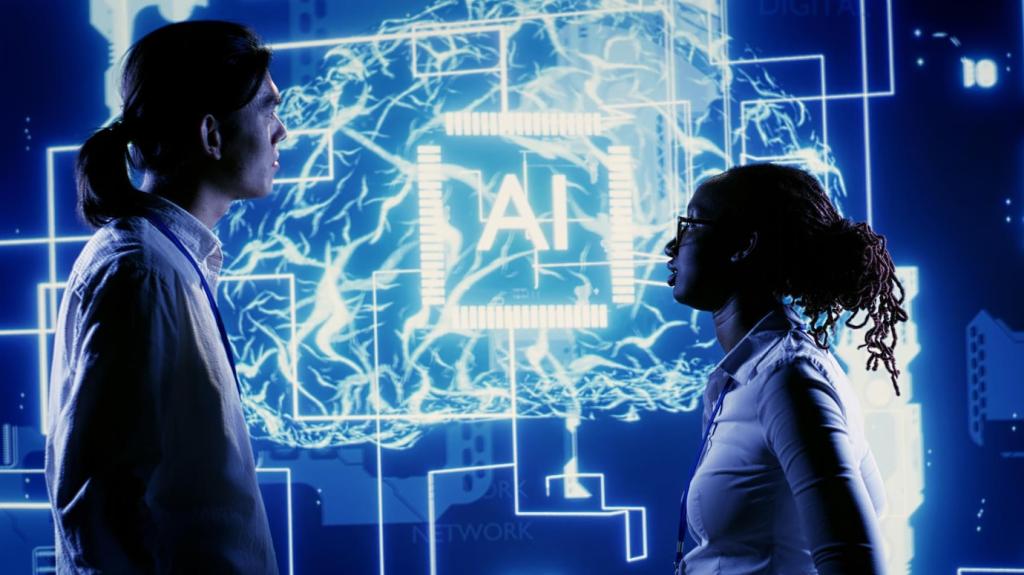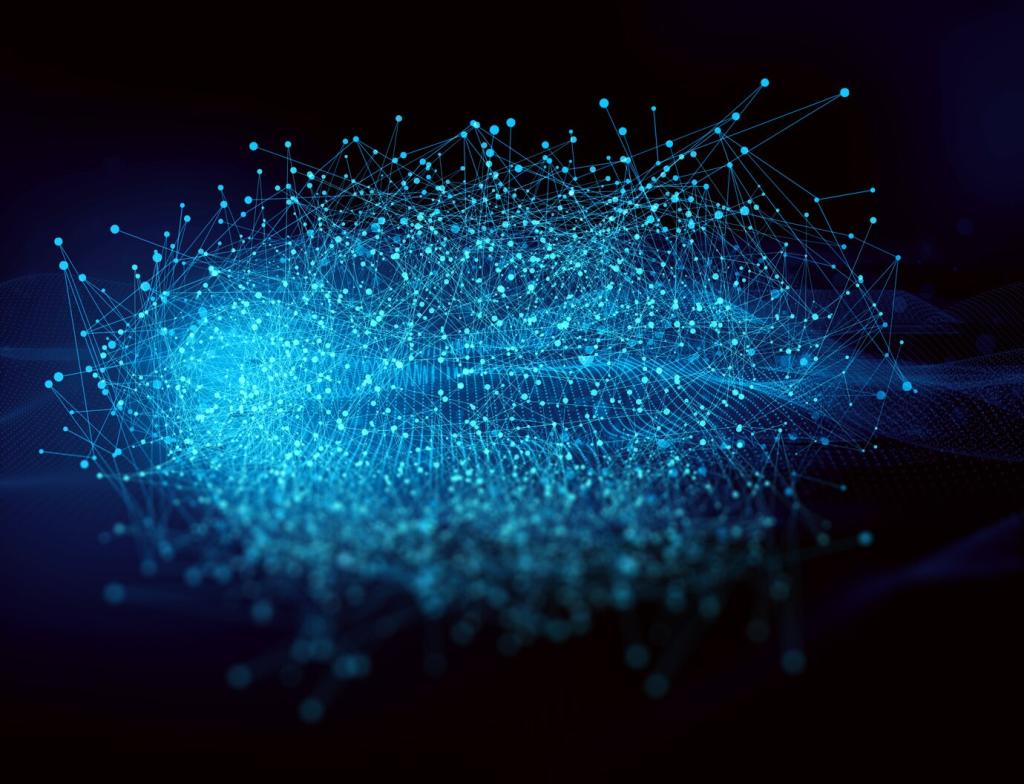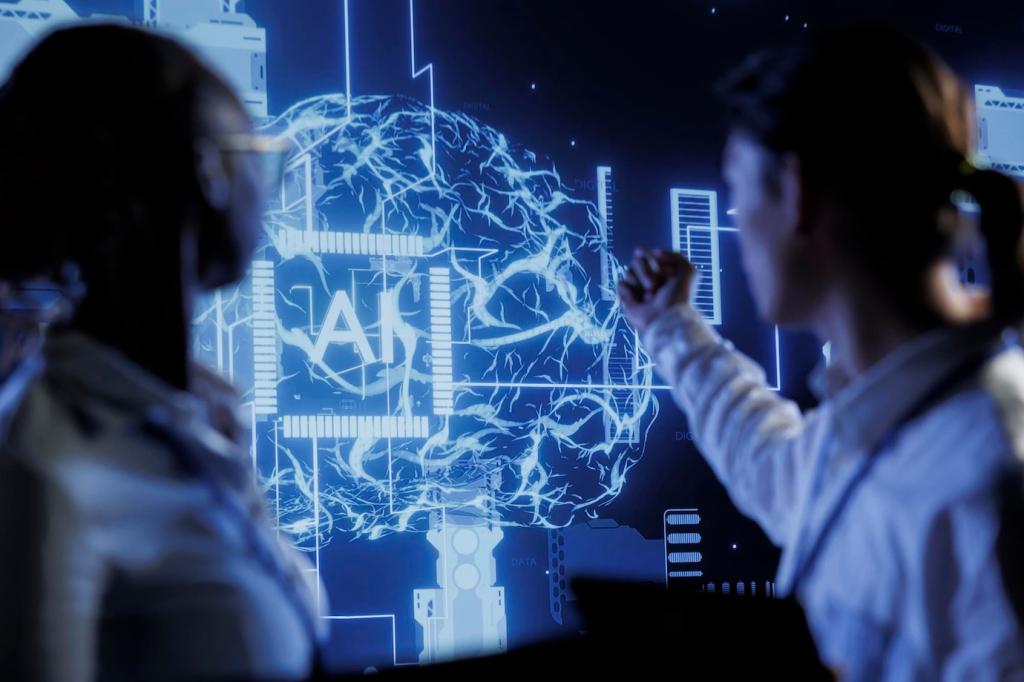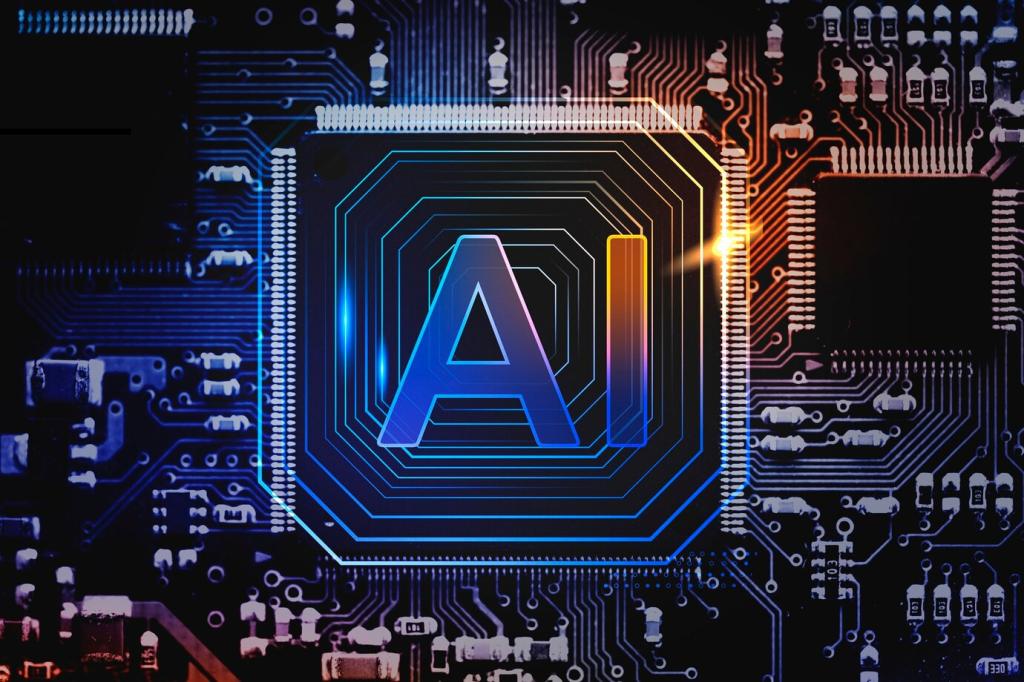
Economic Disparities Created by AI
The rise of artificial intelligence has ushered in unprecedented changes across global economies. While AI technologies promise various advancements, they also present a unique set of challenges, particularly in the context of economic inequality. As AI systems reshape industries, transform labor markets, and alter access to opportunities, significant disparities are emerging. This page explores the multifaceted dimensions of economic disparities catalyzed by AI, delving into their causes, current trends, and the far-reaching consequences for individuals, businesses, and societies alike.


Rise of AI Monopolies
The development and deployment of AI systems entail significant investment in data, computing power, and specialized talent, resources that are largely controlled by a handful of technology giants. These companies can leverage their scale and proprietary algorithms to reinforce their market dominance, making it difficult for smaller players to compete. The resulting monopolies capture a disproportionate share of AI-driven economic gains, with profits funneled to a limited group of investors and executives. This growing corporate concentration not only skews the distribution of wealth but also influences public policy in ways that may further entrench inequality.

Disproportionate Returns to Capital
AI enables businesses to maximize returns on capital rather than labor, meaning those who own AI technologies benefit the most from their implementation. Investors, founders, and shareholders of AI-powered enterprises realize unprecedented profits as automation increases productivity and reduces labor costs across industries. Meanwhile, workers, especially those without direct ownership stakes in technology, experience stagnating wages and declining bargaining power. This dynamic widens the chasm between capital owners and the general workforce, fueling ongoing debates over the ethical and social responsibilities of tech-driven wealth generation.

Innovation Hubs and Global Divides
Global disparities in AI adoption and development have led to the emergence of innovation hubs in a select group of nations, primarily those with robust economies, advanced research institutions, and strong technology sectors. Countries and regions lacking these advantages find themselves on the periphery, unable to capitalize on the wealth and opportunities generated by AI. This uneven landscape enables leading nations to capture the lion’s share of new value, intensifying both international and domestic economic divides, and potentially rewriting the rules of global competition for decades to come.
Access to Resources and Education
Digital Divide and Technology Access
Significant portions of the global population still lack consistent internet access, digital devices, and the foundational infrastructure necessary to take advantage of AI-based tools and services. This “digital divide” is especially pronounced in low-income and rural communities, constraining individuals’ ability to develop digital literacy or participate in the evolving digital economy. As AI becomes increasingly embedded in everything from job applications to financial services, those on the unfavorable side of this divide risk missing out on vital opportunities, reinforcing cycles of exclusion and economic immobility for generations to come.
Uneven Distribution of Educational Opportunities
Education systems vary dramatically in their ability to prepare students for an AI-driven future. Well-resourced schools can offer children exposure to computer science, data analysis, and critical thinking—skills that are essential in the modern workforce. Conversely, underfunded educational institutions, particularly in disadvantaged neighborhoods or countries, seldom provide such training. This educational gap ensures that only a small subset of the population can compete for high-wage, AI-related jobs, leaving others consigned to sectors vulnerable to automation or stagnation. The perpetuation of educational inequities ultimately hardens socioeconomic divisions over time.
Lifelong Learning and Reskilling Barriers
The accelerated pace of technological change demands continuous upskilling and adaptability, but systemic barriers often impede lifelong learning. Cost, limited access to adult education programs, and rigid job structures prevent many workers from acquiring the new competencies required to thrive in AI-dominated workplaces. Furthermore, marginalized groups may lack awareness or resources to pursue retraining opportunities, further deepening existing inequities. As a result, while a minority can smoothly transition into emerging career paths, the majority remain trapped in declining industries, with little hope of accessing the prosperity an AI-powered economy can bring.
